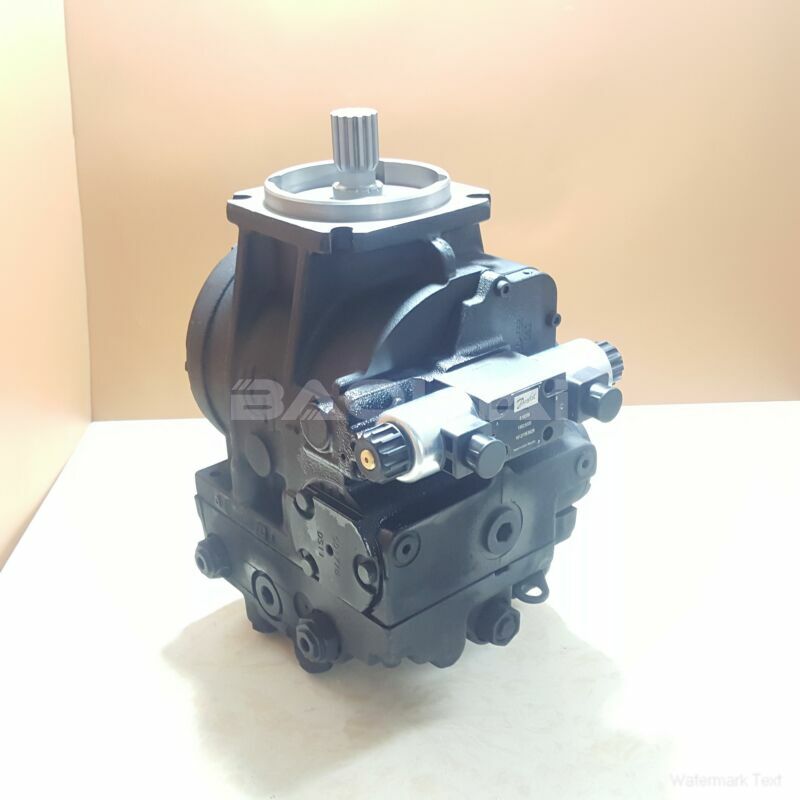90L180KA5CD80SCC8J03NNN232328 sauer danfoss pump
90L180KA5CD80SCC8J03NNN232328 sauer danfoss pump

- Product Details
- Applicable Scene
Plunger pumps are widely recognized for their efficiency and reliability in various applications, ranging from industrial processes to irrigation systems. However, excessive noise emanating from these pumps can signal underlying issues that may affect performance and longevity. Identifying and resolving these problems promptly is crucial for maintaining operational efficiency. In this article, we will explore common causes of excessive noise in plunger pumps and provide guidance on how to troubleshoot these issues effectively.
90-L-180-KA-5-CD-80-S-C-C8-J-03-NNN-23-23-28
90L180KA5CD80SCC8J03NNN232328
One of the primary reasons for excessive noise in plunger pumps is cavitation. Cavitation occurs when the pressure in the pump falls below the vapor pressure of the fluid, leading to the formation of vapor bubbles. When these bubbles collapse, they create shock waves that generate significant noise and can cause damage to the pump. To troubleshoot cavitation, check the inlet conditions:

83038385
Ensure Adequate NPSH (Net Positive Suction Head): Verify that the pump is provided with enough NPSH. This can be adjusted by lowering the pump’s operating speed, increasing the fluid level in the tank, or positioning the pump closer to the fluid source.
Inspect for Restrictions: Look for any obstructions or restrictions in the suction line that could be affecting the flow. Ensure that all fittings are properly sized and that there are no blockages.
Monitor Fluid Temperature: As fluid temperature increases, vapor pressure rises. Ensure the fluid temperature is within the recommended operating range for the pump.
Another potential source of noise is the condition of the pump components themselves. Worn or damaged components can result in vibrations that produce excessive noise. Take the following steps to assess the condition of the pump:
Inspect the Plungers and Packing: Check for wear on the plungers and packing. If the packing is worn or the plungers are damaged, consider replacing these components to reduce noise and improve efficiency.





